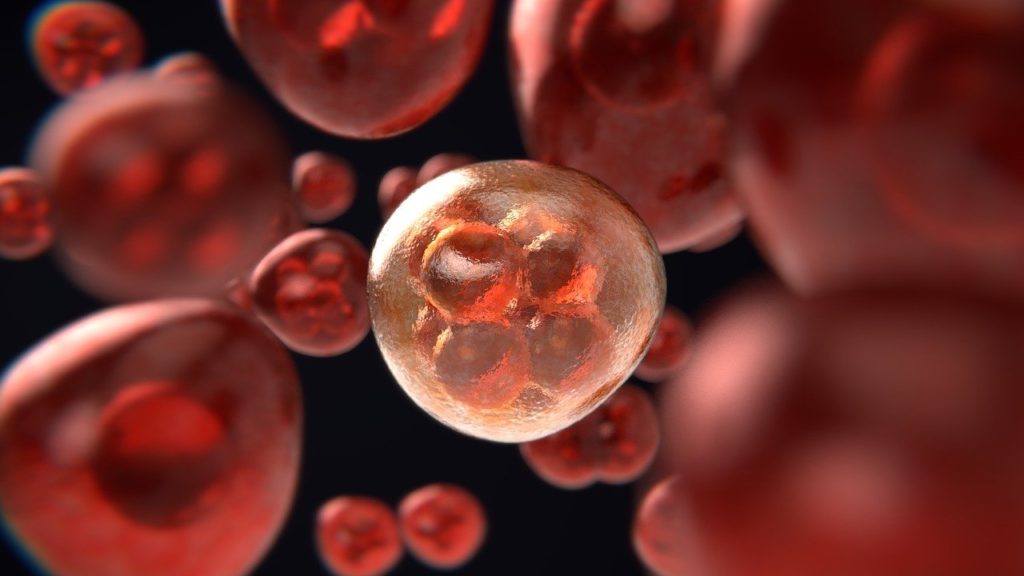According to a recent article, scientists have discovered that epigenetic landscapes have a big role in the way cancer cells potentially respond to therapy initially.
“Persisters”
There are cancer cells that do not respond to chemotherapy treatments, and they are known as “persisters.” They are able to stay in the body through nongenetic mechanisms which previously were not well known. Therefore, scientists wanted to look at these cancer cells to better understand these mechanisms that help them remain.
Understanding Their Responses
Scientists specifically studied epigenomes, transcriptomes, and lineages that had a single-cell resolution. From their study, scientists discovered that the repressive histone mark H3K27me3 regulates the fate of the cell at the start of a chemotherapy treatment. Epigenetic marks are the chemical modifications of DNA or other associated proteins that establish a cell’s identity. This means that epigenetics have an essential role in the way cancer cells potentially respond to therapy at first exposure.
Importance
The discovery of the role H3K27me3 plays in how cancer cells respond to chemotherapy illustrated that reducing H3K27me3 can possibly lead cancer cells to tolerate chemotherapy. Some epigenomic marks “lock” genes, therefore meaning they are not able to be expressed. Yet these “locks” can “jump,” which then means cells become non-responsive to treatments. Scientists realized that if this “jumping” can be stopped, then the cancer cells will still be vulnerable to treatment.
This discovery has the possibility to lead to researchers developing successful epigenetic drugs. Epigenetic drugs, or epi-drugs, have already proven to have some success in animal models, but they have yet to be edited to be used in humans.
It is the hopes of scientists that clinical trials will lead to the creation of successful epi-drugs that can be used alongside chemotherapies in cancer patients.








